Hi! Welcome to all the new subscribers here. I was waiting for the frenzy of the election to quiet down before sending a new post. Thank you for being here and believing in me as a storyteller and journalist. I mostly write about the emotional and mental aspects of what it means to freelance as a photojournalist. I explore the struggles of being a mom and freelancing, the competitive nature that comes with this industry, the ethics and rules I navigate as a journalist and everything else in between.
Today, I want to share with you the process it takes to put out a photo project.
If you’ve been following along this newsletter, you’ll know it’s been a rough year as a freelancer. The anxiety of the uncertainty of where I’m going continues to hover, but in the midst of all that, I found ways to keep going. Sometimes I’m tempted to use my income as a measure of my success, but this year I traveled for work, was part of a Nat Geo Society photo camp, had three pitches successfully accepted and published one of my favorites stories in the New York Times. I want to share a bit of the process of how it all came together.
Q: How did this story come together? Who came up with the idea?
Earlier this year, I pitched a bunch of random stories to Eve Edelheit at the New York Times. Things were extremely slow and I wanted to be on an editor’s radar. Instead of dismissing me, Eve gently pushed me to think more deeply about what I cared about and why a story should be explored.
Both of us had been to King Spa, a Korean spa, in Palisades Park and talked about the Korean food here. When we realized this small town had the highest density of Koreans in one area, we knew we wanted to work on this story together.
Andy Kim was running to be a senator for New Jersey and we had this small town in north New Jersey with the highest density of Koreans living there so we wanted to connect the two ideas. I wasn’t sure if I was forcing a story and I didn’t want it to be a “Here is a town full of Koreans doing Korean things” type of project. Without much connection to the area, other than my childhood friend, I went into exploring the town and this story with a blank slate.
Q: What if Andy Kim didn’t win? Would you still have published the story?
We were 95% sure Andy Kim would win, but also decided if he didn’t win, we would want to look and see if someone’s identity even matters when it came to politics. Most Koreans we spoke to in Bergen County hadn’t heard of Kim. Some believed he needed to earn their vote and understand the issues they were going through in their community. But if he hadn’t won, I don’t know if I’d feel as excited about the story.
Q: How did you find all these people? It looks like you went to so many places. How does access work?
Friends of friends connected me to the families I spent time with. At the beginning, most people said no and didn’t want to be featured. I think I went two weeks asking around and didn’t have any leads. A lot of businesses said yes and then ignored my calls. Most emails went ignored. This process is the most painful and anxiety-inducing part when working on a story. Because without the right people, there is no story. Since I didn’t live there, it made a bit more difficult. I was lucky I could speak a bit of Korean for people to be open to letting me in.
In the end, it all came together. Strangers opened up their homes to me, businesses allowed me to come in and people became excited to be part of the project. I was worried about not having enough people to photograph but ended up with more than enough. Sometimes it’s difficult to know if I’m being extractive as a journalist. People wonder what they can gain and why they should let me into their lives? It’s a valid concern. I would be honest - this was not advertising, they aren’t getting paid and the goal is to be part of a story that highlights our experiences as Koreans.
After it came out in print, a few of the grandmas called with pride and excitement in their voice. One woman said she was proud to be in the New York Times since the rest of her family members had been interviewed for other smaller TV stations and newspapers so it was finally her turn.
Q: How did you decide which photos to show?
Eve and I went through every single raw photo I took, which I’ve never done before with an editor. I had sent over around 200 images, but we went through all the photos to make sure nothing was missing. She saw photos I didn’t think were great but they worked well with the final edit. Other editors at the Times looked at it, I asked friends about certain images and what they seemed to portray, and Eve and I texted a lot about what was needed and what wasn’t.
It was important for me to get it right. When I had concerns about certain images, she listened and took my feedback seriously. There was a lot of care and intention put into the edit. Often people will ask how they can pitch a story to the Times or the Post, but I try not to think about the publication as much as I think about the editor I’m working with. Who will take care of my work? Who will communicate with me and check in? Who will push me to do better because they believe in me?
Q: Did you also write? I see that you got a reporting credit
No, I didn’t write the story. But I spent a lot of time reporting, making phone calls and connecting Tracey, the reporter, to each source. I think people forget that we, as photojournalists, are on the ground more than a writer will be. I don’t think I’m a strong writer, but when I’m taking photos, I interview and take notes of what I see and experience. Also, being able to speak Korean, understand Korean and raised as part of the Korean diaspora helped develop the story.
Q: Why was this important for you to do?
There isn’t much Korean American visual representation in the media. We’re lucky we have books by authors such as Min Jin Lee, Mary H.K. Choi and Nancy Jooyoun Kim have beautifully written about the Korean diasporic experience. Beef is one of the very few shows featuring a Korean American cast. I should be clear - I love Korean dramas, but the diaspora is never included in that experience. We aren’t part of a lot of reality shows or our lives are not central on any American sitcom because, as we are considered the “perpetual foreigner”. If you have Hulu, please watch Interior Chinatown as it explores what it means to be Asian in our country. It will take time for our experiences to be considered valuable.
I knew these images would be part of Korean American history. Someone will look back in 50 years and remember Andy Kim and this part of New Jersey that was growing as a Koreatown. Diasporic spaces are always evolving and often not documented. I know this isn’t some groundbreaking and life changing story, but representation matters and I hope it means something to my community. I think about all the Korean immigrants that came here in the 60s, 70s, and 80s and how there is very little public record of their existence unless it is in light of horror or tragedy. I want to see a wide range of our experiences out there, just to take up space and to be seen as part of the American experience.
This story and these images will be a record of history and that is why I do what I do.
Outtakes from the time I spent in Palisades Park and surrounding boroughs of Bergen County, New Jersey. Feel free to ask any questions in the comment section.
Recent Work…
I've been playing with film lately and it’s allowing me to be more experimental with my photography.



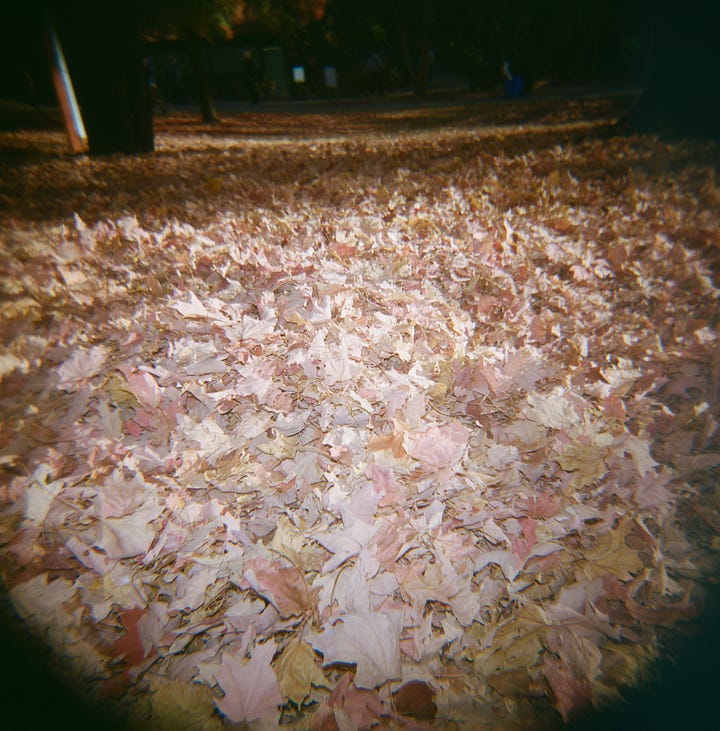


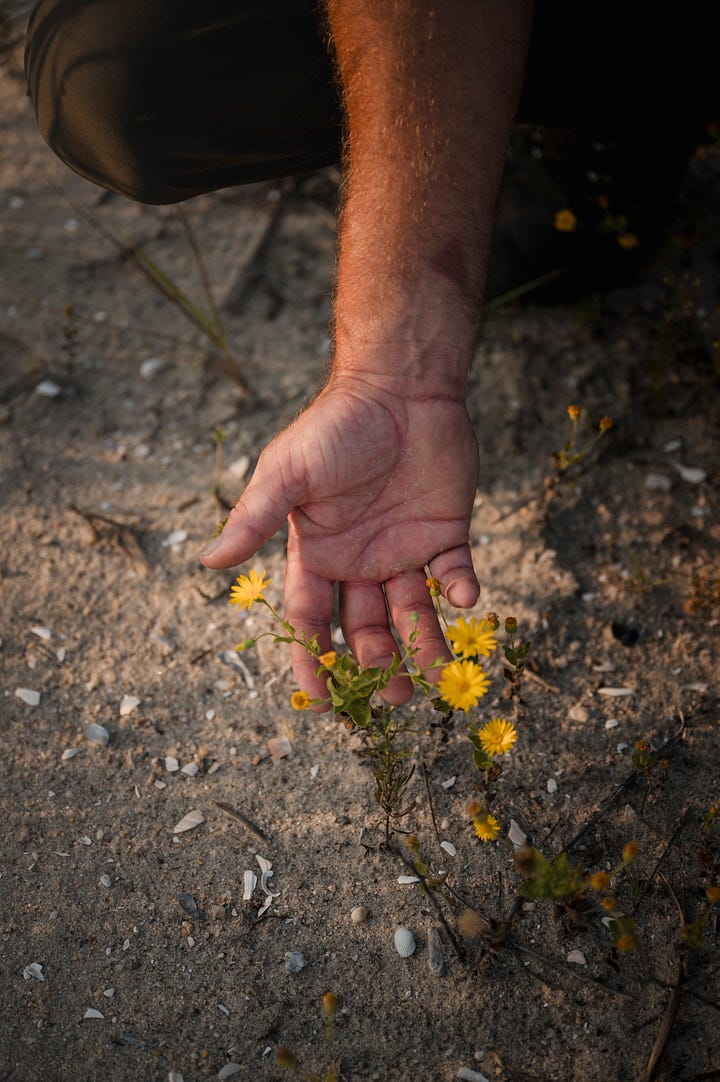


Photo editing by Rolaine Ossman
I met the Mellinger family at their goat farm in Lancaster County, Pennsylvania. Who hasn’t been to Lancaster at this point for political coverage? Mary and her husband, Andrew, are the seventh generation to operate their farm and by the end of the year, her two oldest sons, Andy and Abram, will take over.
Lancaster, a large rural county in eastern Pennsylvania, is home to the largest Amish community in the United States. In this swing state, Lancaster county rarely ever switches parties. In presidential elections, it religiously votes for the Republican nominee. Mary, 61, fit that profile for most of her life, but as the political landscape has changed, her politics no longer align with her county’s majority. They’re conservatives — but won’t vote Republican.
They didn’t explicitly say whether they will vote for Harris, either. They attend a Mennonite church and both have Ivy League agriculture degrees from Cornell University. Their sons also went to Cornell. Less than one in 10 farmers have degrees in their field, and the group’s average education level is a high school diploma or equivalent. “We are very traditional,” Mary said. “We lead a very traditional life. We have very traditional values. But what is going on politically does not align with our morals.”
Words by Destinee Adams
Photo editing by Grace Widyatmadja

A story in the New York Times about how adult children and their parents become estranged because of scammers. The elderly parents believe they are doing something right but their adult children know its a scam. Maybe out of shame or embarrassment, this leads to estrangement.
Photo editing by Jenny Swanson
A story for the Wall Street Journal how despite inflation cooling recently, people are still feeling the effects of rising prices.
Photo editing by Chase Gaewski
Other published work…
New York Times - Professors in Trouble Over Protests Wonder if Academic Freedom Is Dying
New York Times - How Developers Are Catering to Would-Be Homeowners With Rental Amenities
Hammer & Hope - Winning is Hard but Necessary
NPR - Another reason Pennsylvania is a swing state has nothing to do with the election
New York Times - This House Looks Familiar
Bloomberg - Trump’s Culture War Meets Historic Era in Transgender Rights
Wall Street Journal - City Residents Get a Surprise: They Live in a Trumpy Area
Other updates…
For the next few months, I am working part-time as a multimedia editor at the Marshall Project. I believe in the important work they do as ‘nonpartisan, nonprofit news organization that seeks to create and sustain a sense of national urgency about the U.S. criminal justice system.’
I’ll be in the Bay Area from Nov 21st to 28th for a family vacation. Much needed after this fall of work.
Links, podcasts, blogs ✨✨✨
Thanks to Rachel Wisniewski, I was introduced to Brian Reed’s new podcast called “Question Everything” where he re-examines everything about journalism and challenges how we, as journalists, are actually reaching the people we are hoping to reach.
This piece by Daniella Zalcman on “Turning the Camera from Trump” needs to be read every week as we think about how to photograph and document the next few years.
I loved this episode on Trevor Noah’s “What Now” featuring guest Tressie McMillan Cottom as they talk the day after the election.
Taehoon Kim shared this article on Nieman Lab about changing how we consume news.
✨✨✨ Until next time!




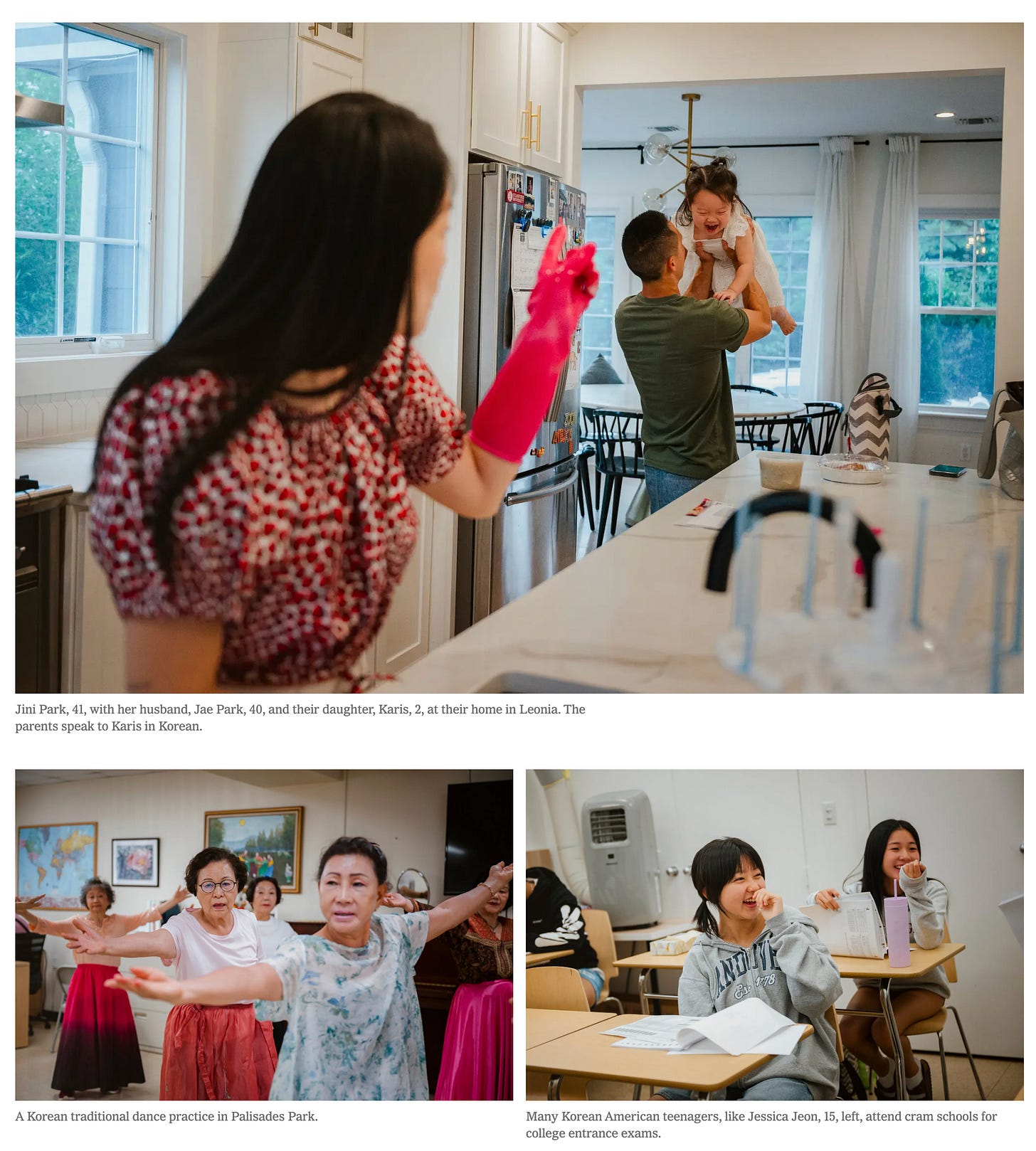
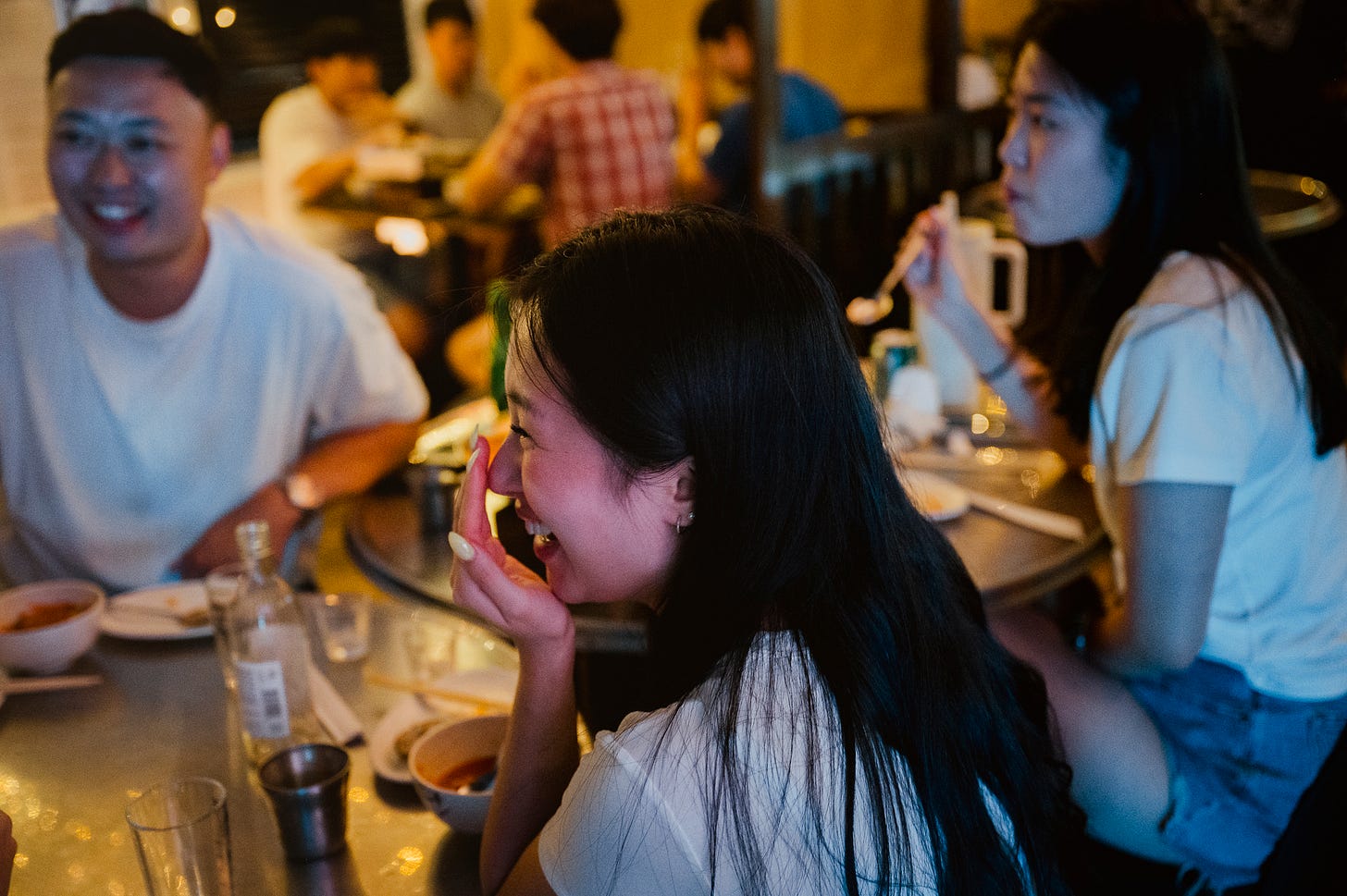



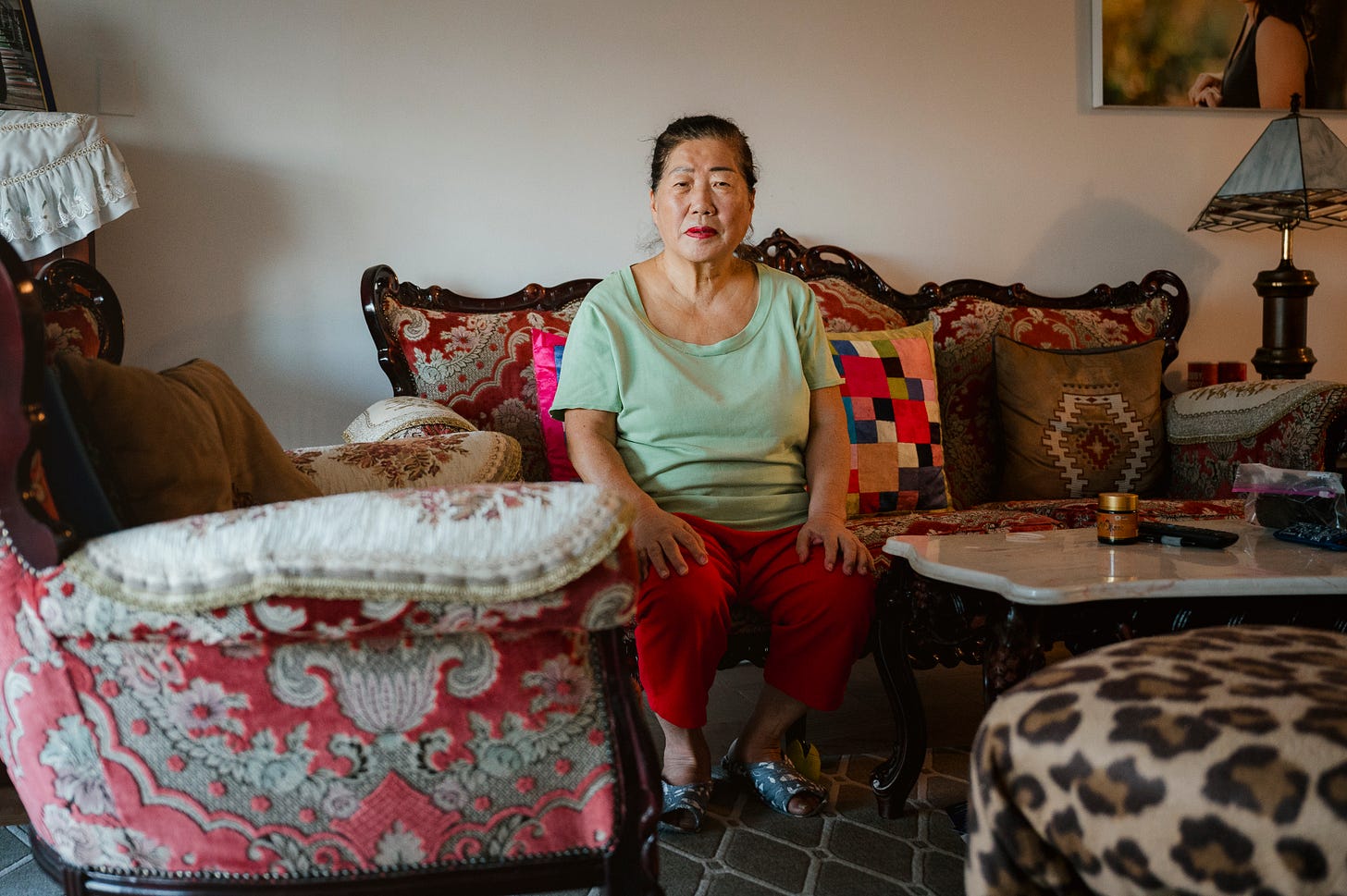
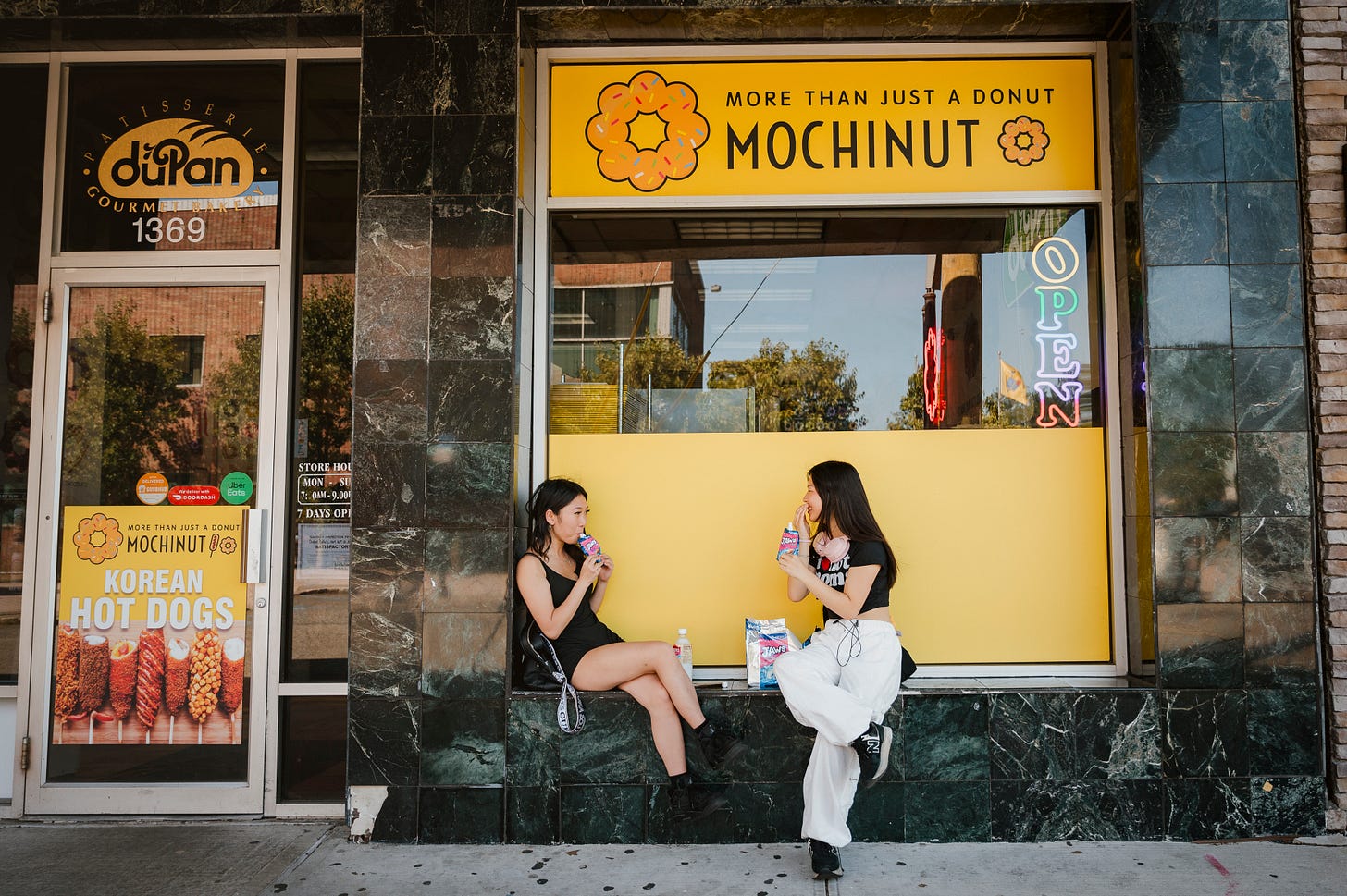





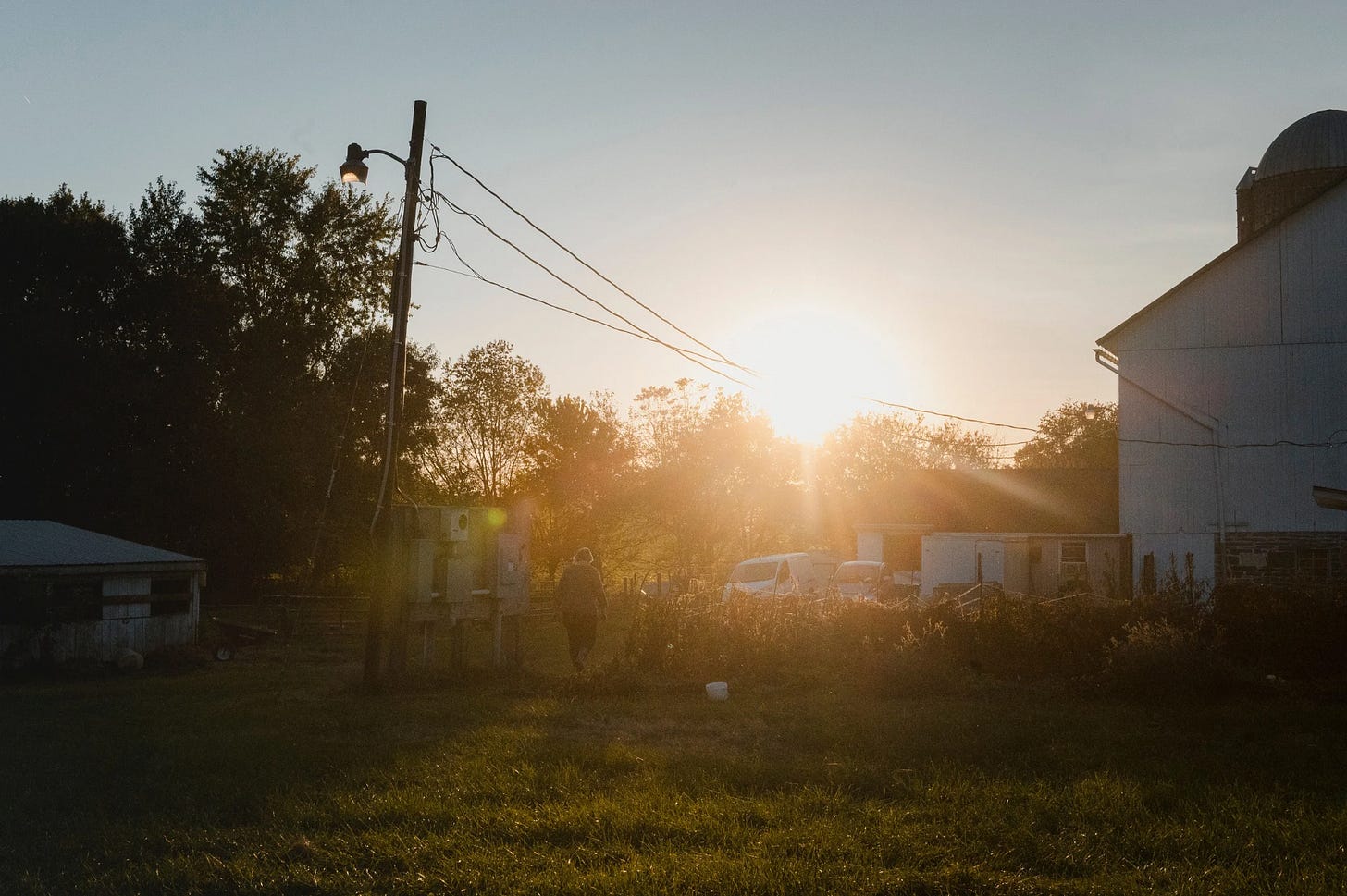



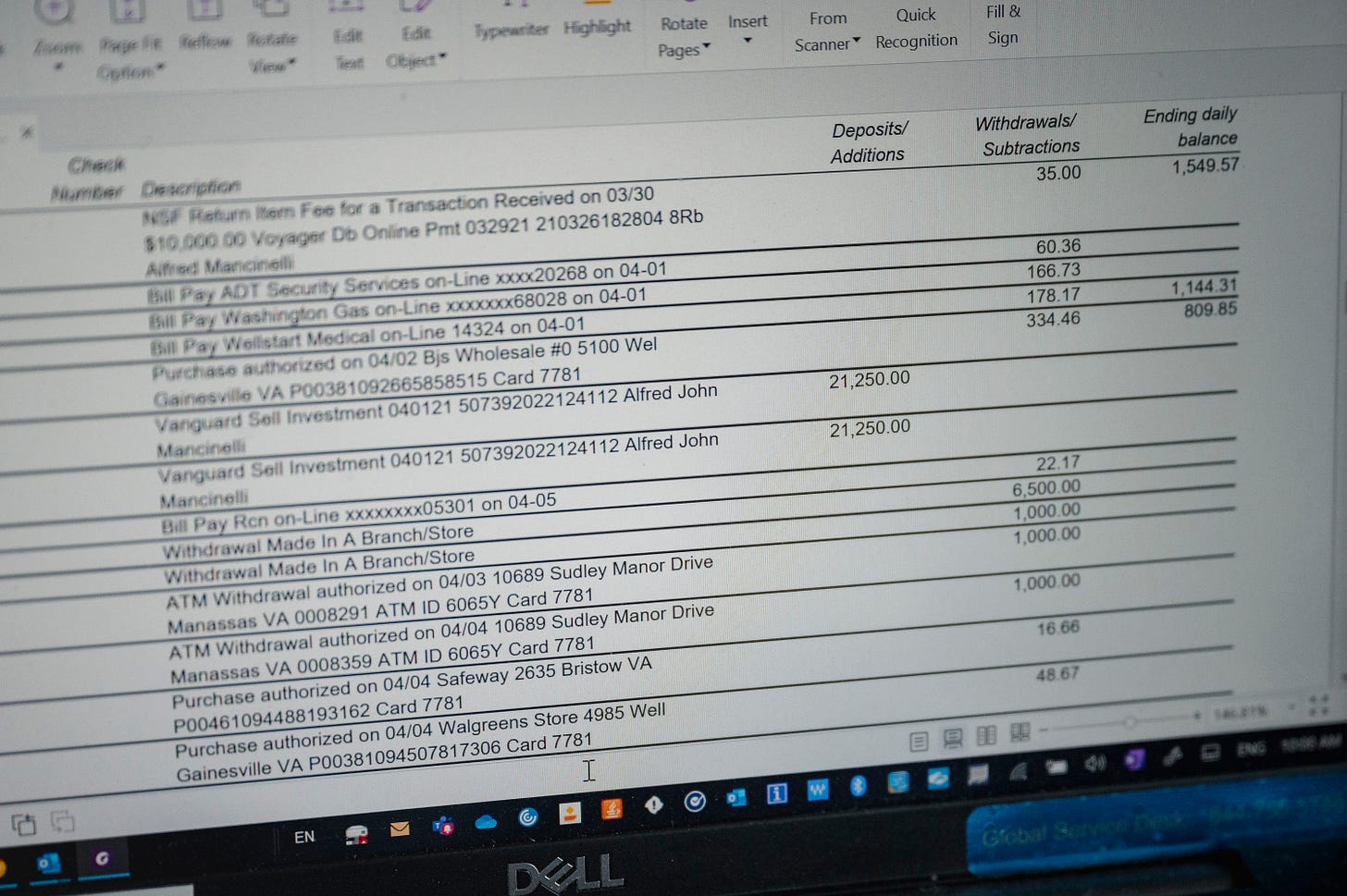


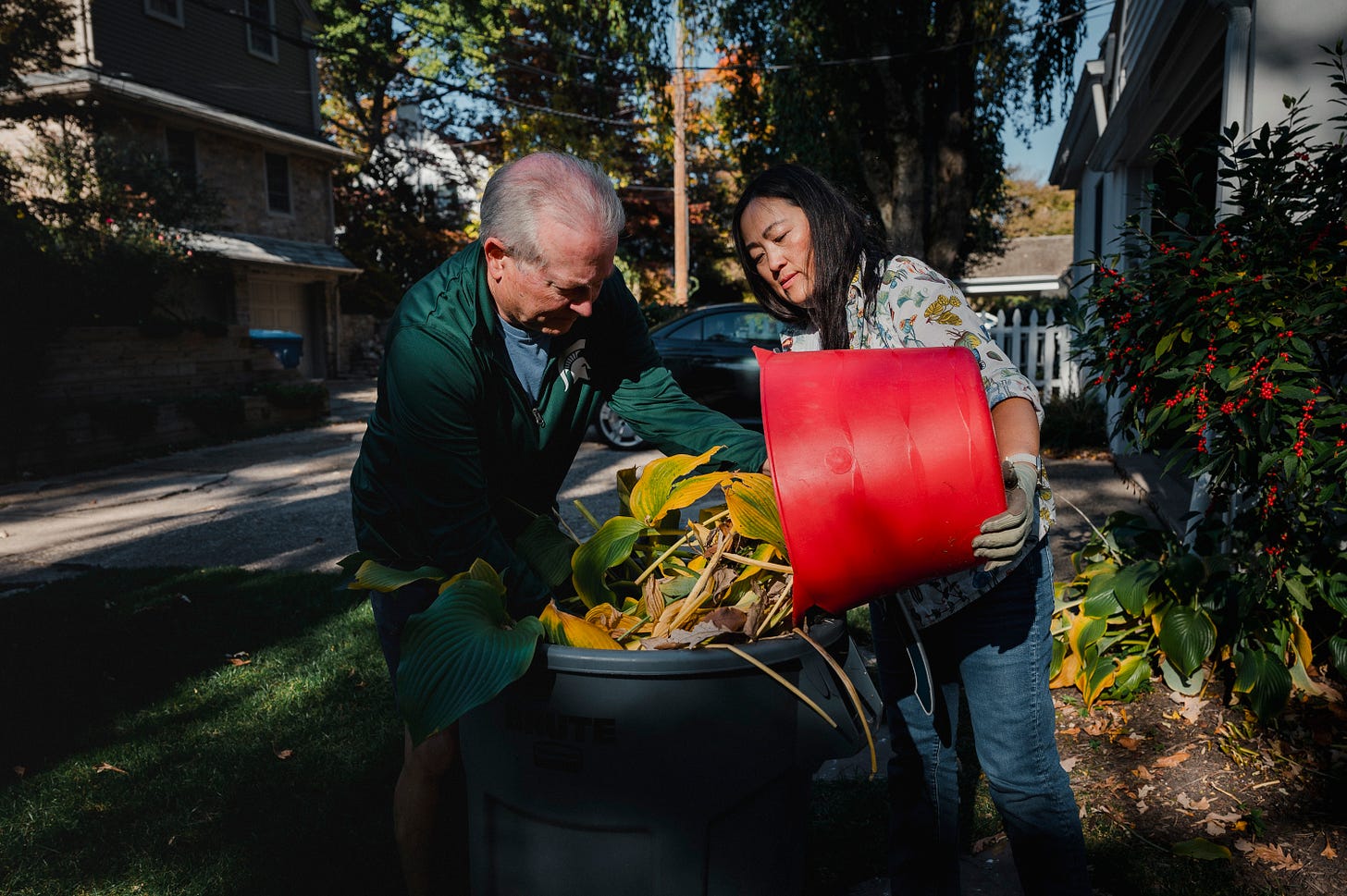
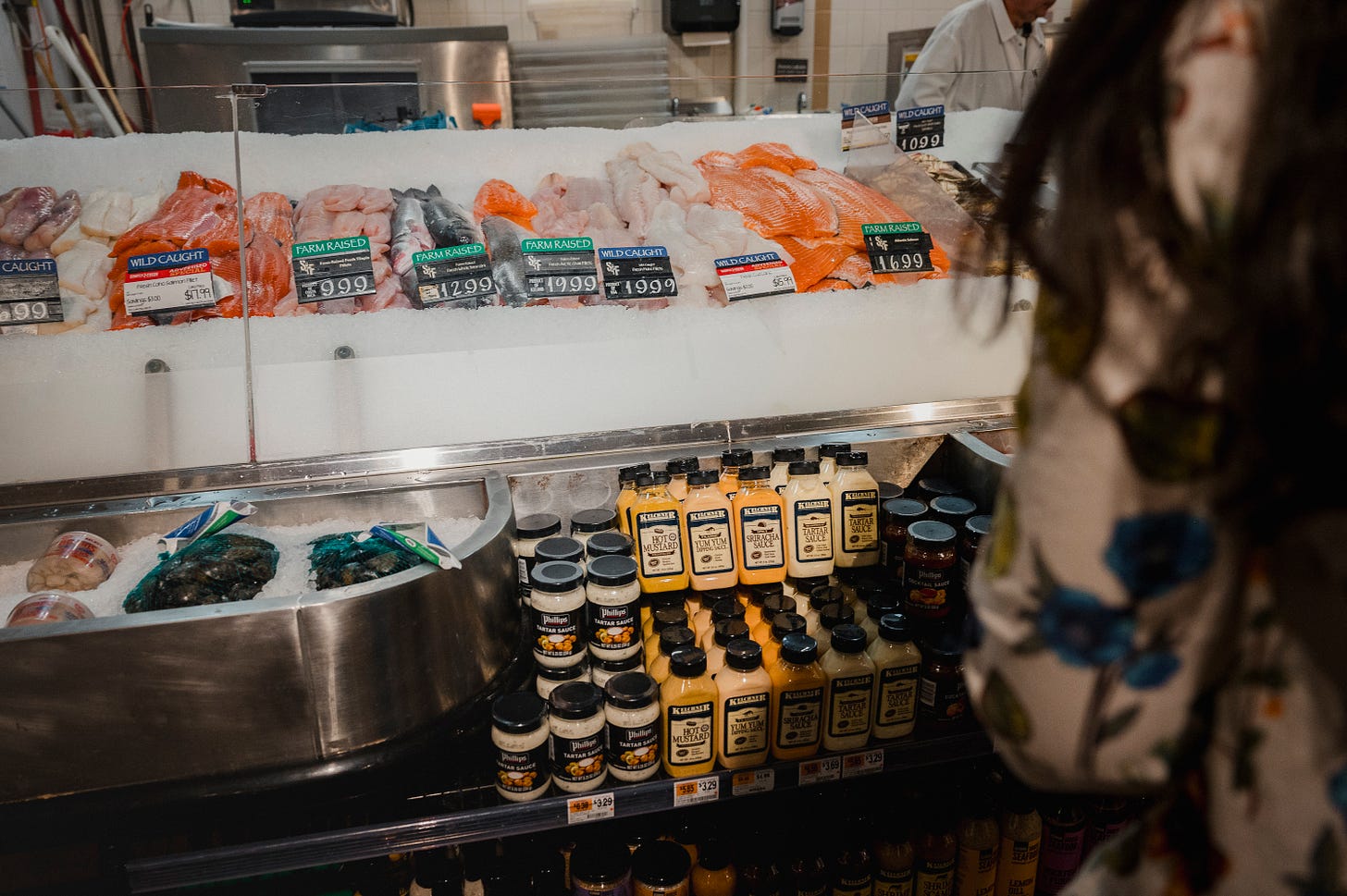
Love hearing about the process, hannah! I liked the format of this substack cause it really gives us the inside look on how much work and dedication it goes to pitching and working on a story! sugohaetsuh~~
This is such an important project and it’s such a treat to be able to read about all the work you did behind the scenes to bring it to life! As someone outside the photo industry I’m fascinated and in awe! Thank you for recording history and sharing it with us 💛